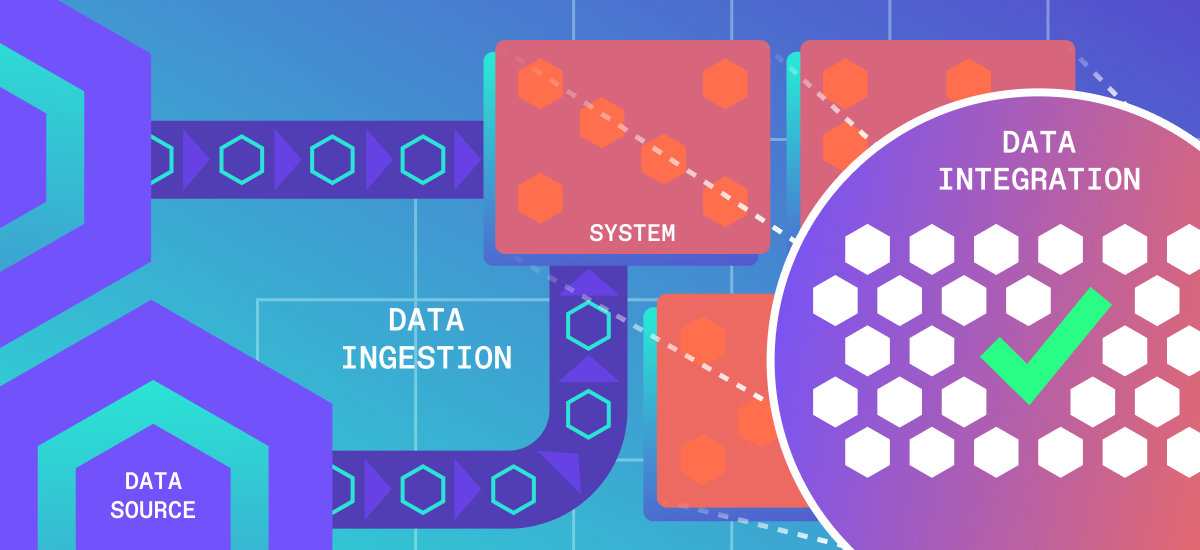Choosing the Right Data Profiling Tools for Your Organization
April 30, 2024

Organizations are increasingly reliant on data to drive decision-making processes, optimize operations, and gain a competitive edge. However, the quality and integrity of data are paramount for extracting meaningful insights and ensuring accurate decision-making. This is where data profiling plays a crucial role. By analyzing and assessing data quality, organizations can identify and address potential issues, ensuring the reliability and trustworthiness of their data assets.
Choosing the right data profiling tool is a critical decision that can significantly impact an organization’s ability to manage and maintain high-quality data. With a multitude of options available in the market, selecting the most appropriate tool can be a daunting task. This buyer’s guide aims to provide a comprehensive overview of the key factors to consider when evaluating data profiling tools, enabling organizations to make informed decisions and find the solution that best aligns with their specific needs.
Understanding data profiling
What is data profiling?
Data profiling is the process of analyzing and evaluating data to gain a comprehensive understanding of its structure, content, quality, and relationships. It involves systematically examining data to uncover patterns, anomalies, and potential issues that may impact data quality and reliability.
Key components of data profiling
Effective data profiling typically encompasses three key components:
- 1. Structure analysis: This involves examining the technical structure of data, including data types, field lengths, and data formats, to ensure consistency and compliance with defined standards.
- 2. Content analysis: This aspect focuses on analyzing the actual content of data, identifying missing values, outliers, and data quality issues such as inaccuracies or inconsistencies.
- 3. Relationship discovery and analysis: This component examines the relationships and dependencies between different data elements, ensuring data integrity and identifying potential issues that may arise from interconnected data sources.
Benefits of data profiling
By implementing an effective data profiling strategy, organizations can reap numerous benefits, including:
- Improved data quality: Data profiling helps identify and address data quality issues, ensuring the accuracy, completeness, and consistency of data.
- Risk mitigation: By detecting potential data quality issues early, organizations can mitigate risks associated with inaccurate or incomplete data, such as regulatory non-compliance, operational inefficiencies, or poor decision-making.
- Data-driven culture: Reliable and trustworthy data fosters a data-driven culture within an organization, enabling informed decision-making processes and driving innovation.
Factors to consider before choosing a data profiling tool
Data types and sources
Organizations process various types of data, ranging from structured data (e.g., databases, spreadsheets) to unstructured data (e.g., text documents, images, videos) and streaming data (e.g., sensor data, social media feeds). It’s crucial to evaluate the tool’s ability to handle the specific data types and sources relevant to your organization.
Scalability requirements
The volume of data and the frequency of data updates can significantly impact the performance and scalability requirements of a data profiling tool. Organizations should consider their current and projected data volumes, as well as the anticipated growth rate, to ensure that the chosen tool can scale effectively and handle increasing data loads.
Integration with existing systems
Most organizations operate within a complex ecosystem of existing systems, such as data warehouses, data lakes, and cloud platforms. Ensuring seamless integration between the data profiling tool and these systems is essential for efficient data management and analysis.
Key features to look for in a data profiling tool
Data quality metrics
A robust data profiling tool should provide comprehensive data quality metrics that assess various aspects of data quality, including accuracy, completeness, consistency, and conformity to defined standards. These metrics serve as benchmarks for evaluating the effectiveness of data profiling efforts and identifying areas for improvement.
Metadata management
Effective metadata management, including data lineage and cataloging capabilities, is crucial for maintaining a comprehensive understanding of data sources, transformations, and relationships. A data profiling tool with robust metadata management features can greatly enhance data governance and ensure data transparency across the organization.
User interface and ease of use
A user-friendly interface with strong visualization capabilities and customization options can greatly improve the usability and adoption of a data profiling tool. Intuitive interfaces, interactive dashboards, and the ability to tailor the tool to specific organizational needs can streamline data profiling processes and enhance user productivity.
Common challenges (and solutions) for data profiling
Large datasets
Handling large volumes of data can present significant challenges in data profiling, as processing and analyzing vast amounts of information can be computationally intensive and time-consuming. To address this challenge, data profiling tools often employ techniques such as sampling, parallel processing, and distributed computing to ensure efficient and scalable data processing.
Unstructured data
Unstructured data, such as text documents, images, and videos, can pose unique challenges in data profiling due to their lack of predefined structure and the complexity of extracting meaningful information. Advanced natural language processing (NLP) techniques, pattern recognition algorithms, and machine learning capabilities are crucial for effectively profiling unstructured data sources.
Data profiling with Anomalo
Anomalo’s data quality monitoring platform also offers data profiling tools and features. Tables that are monitored by Anomalo are automatically accompanied by a breakdown showing the distribution of values in each column. Further visualizations allow you to slice and dice different segments of the data. With root cause analysis, you can view the segments that are most impacted and understand the severity of data quality issues. And you can download examples of data with issues compared to “good” data, allowing you to quickly debug data quality issues.
Anomalo integrates seamlessly with a wide range of data sources, including databases, data warehousing, and cloud platforms, ensuring a centralized view of data quality across the organization. It’s designed to handle large volumes of data while maintaining high performance and scalability.
Implementation best practices
Successful implementation of a data profiling tool requires careful planning, execution, and continuous improvement. Here are some best practices to consider:
Planning and preparing for implementation
- Define clear objectives and success criteria for data profiling initiatives.
- Assess existing data processes, systems, and quality standards to identify areas for improvement.
- Involve key stakeholders and subject matter experts throughout the planning and implementation phases.
Training and onboarding processes
- Develop comprehensive training programs to ensure that users are proficient in using the data profiling tool.
- Establish clear roles and responsibilities for data profiling activities within the organization.
- Foster collaboration and knowledge-sharing among team members to promote best practices and continuous improvement.
Continuous monitoring and improvement
- Establish regular data profiling schedules and processes to monitor data quality on an ongoing basis.
- Continuously evaluate and refine data profiling rules and metrics to align with evolving business requirements.
- Leverage the insights gained from data profiling to drive data quality assessment initiatives and promote a data-driven culture within the organization.
Future trends in data profiling
The field of data profiling is continuously evolving, driven by advancements in technology and the ever-increasing complexity of data management challenges. Some notable future trends in data profiling include:
- Integration with machine learning and artificial intelligence: The incorporation of machine learning algorithms and AI techniques can enhance the automation and accuracy of data profiling processes, enabling more efficient identification of data quality issues and patterns.
- Evolving role in data governance: Data profiling is becoming an integral component of data governance frameworks, enabling organizations to establish comprehensive data quality standards, policies, and processes.
- Innovations in automated data profiling: As the volume and complexity of data continue to grow, there will be a greater demand for automated data profiling solutions that can streamline the process, reduce manual effort, and provide real-time insights into data quality.
- Increased focus on unstructured data profiling: With the proliferation of unstructured data sources, such as social media, IoT devices, and multimedia content, data profiling techniques will need to evolve to handle the unique challenges associated with these data types.
Conclusion
By investing in the right data profiling tool, organizations can gain a comprehensive understanding of their data assets, identify potential quality issues, and take proactive measures to ensure the reliability and trustworthiness of their data.
Choosing the most between popular data profiling tools requires careful consideration of several factors, including data types and sources, scalability requirements, data enrichment, data cleansing, and data integration with existing systems. Additionally, evaluating key features such as data quality metrics, metadata management, and intuitive user interface is crucial for selecting a tool that aligns with an organization’s specific needs.
While addressing challenges like handling large datasets and unstructured data can be daunting, modern platforms like Anomalo offer robust solutions for data profiling. Request a demo today and see how data quality software like Anomalo can help you streamline your data quality monitoring.
Get Started
Meet with our expert team and learn how Anomalo can help you achieve high data quality with less effort.


